Project title
Fifty years ago, an industrial designer was someone who was either an architect or engineer, who liked to draw nice curved lines, and built motorcycles or fancy drink bottles. Today, industrial designers tread into unprecedented territories alongside scientists, astronauts, soldiers, and politicians. They single-handily can influence the pace of the world, be it designing the straws that help children in Africa drink clean water, down to adjusting the chamfer angle on the latest Apple product in California. What truly defines an industrial designer today, is the ability to solve a problem that no one knew existed, and challenge what is considered normal. That is where Aurelian began. Me sitting at my desk in my final year at Victoria University of Wellington's School of Design. The institute is famous for many alumni and educators, such as Simon Fraser, Ross Stevens, Bernard Guy, and Tim Miller. The four aforementioned gentlemen have combined over a century of design expertise from small start-ups all the way to industry giants such as Porsche Design. Here I was, small fry. I had worked a few small jobs in the design industry, done relatively alright in my degree but in no way was I fit to try tackle a challenge as intimidating as redefining the headphone. What opportunity did it present that my lecturers weren't aware of, let alone me? What norm did I have a feasible chance of challenging? Well, I was truly lost for ideas. I spent several weeks sitting there coming up with the dumbest of ideas like Darth Vader domes over airplane seats, or giant collar speakers cupping your ears. It was almost a few days until my second of four hand-ins, and I was overcaffeinated, under-slept, and desperate for an idea. It was in a crit with course co-coordinator Bernard Guy, when my tutor Zach Challies said in a passer-by statement "all fancy cars look the same." I recall the sentence following with something along the lines of going back to fundamental shapes, but it was in that moment when I had the eureka moment I was waiting for. All fancy cars look the same. Why? Because the concept of a car is not only having four wheels and getting from A to B, its about what image you want to present to the world. Everyone associates fancy cars with streamline curves and sleek metal, but in the end, they DO look mostly the same. Ten bucks says if you took away the logo and colour, most people would not be able to tell a Ferrari and Lamborghini apart. Same goes for most things in life. Most phones look the same, most glasses look the same, most bottles look the same, the list goes on. However, each of these items all looked vastly different fifty years ago, and sixty, and seventy, and so on. But why have they looked so similar for so long now? Because no-one has challenged their aesthetic, or their function. Stagnation comes not from our desires not evolving, but from neglect to adopt change. Now we've mentioned phones, glasses, bottles, and cars. But one of the biggest offenders for industrial cloning culture HAS to be headphones. I sat there for the next week in studio, churning through pad upon pad of paper, brainstorms lining three tables in the morning, and a fresh set of drawings by the afternoon. What is the headphones purpose? (music, duh.) Yes, but what else? Its a fashion statement! How can we change the norm? What hasn't been done? Why would it be desirable? And so, Aurelian was born. We ended up going with a very neo-future aesthetic, coupled with an aura reminiscent of more regal, ancient times. We wanted something as smart and sophisticated as every other competitor, not only in aesthetic but in function too. And we wanted something bloody damn luxurious. The result? Sound fit for an Emperor. ...and it collapses a lot more elegantly than the Roman Empire.



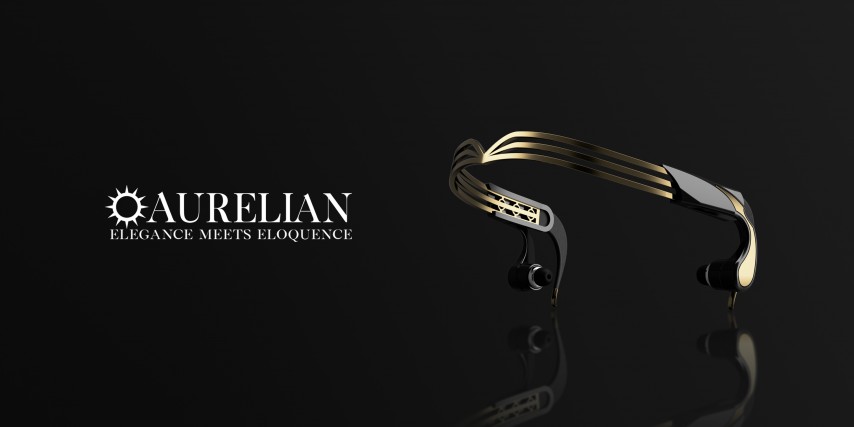
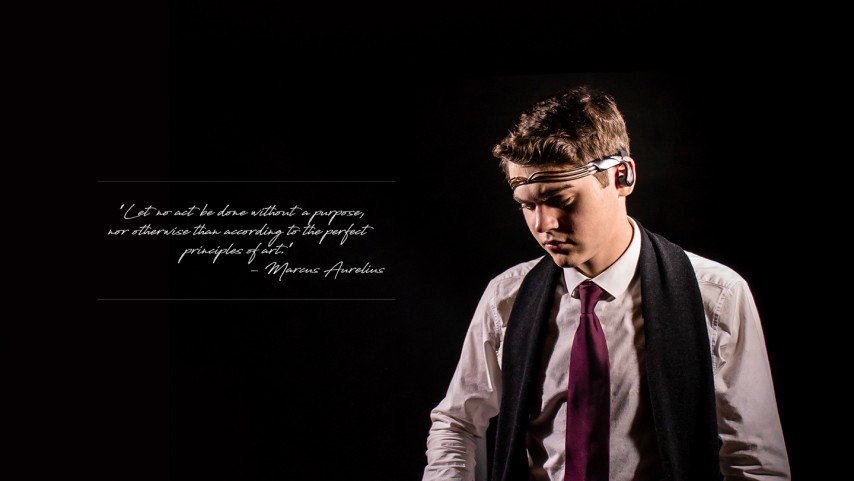
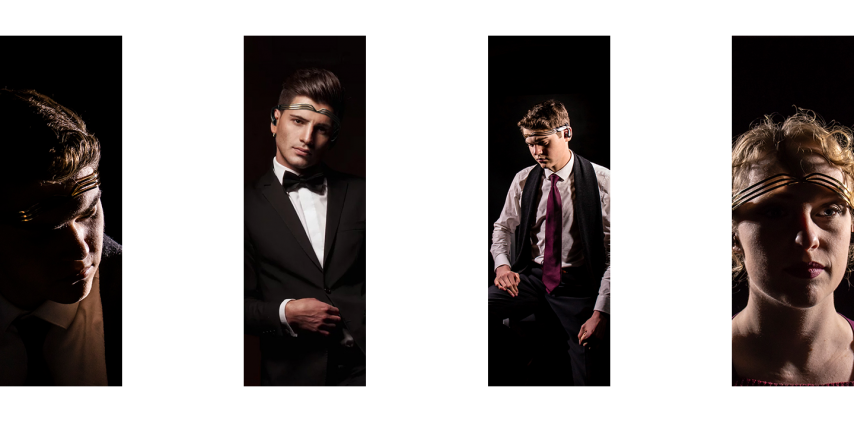
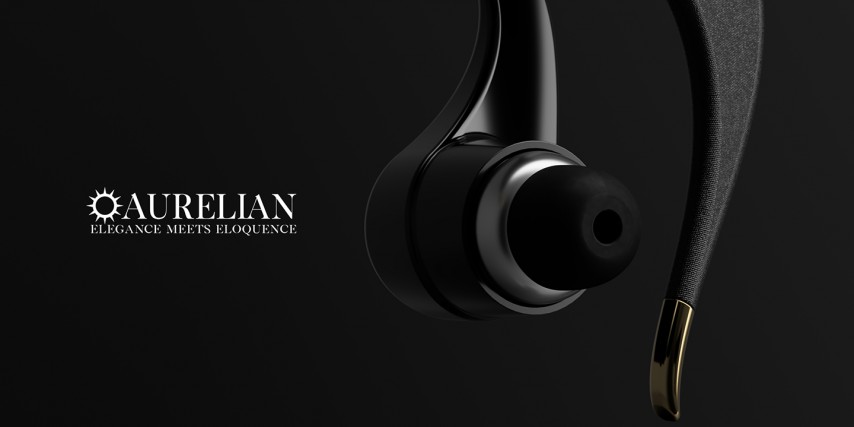

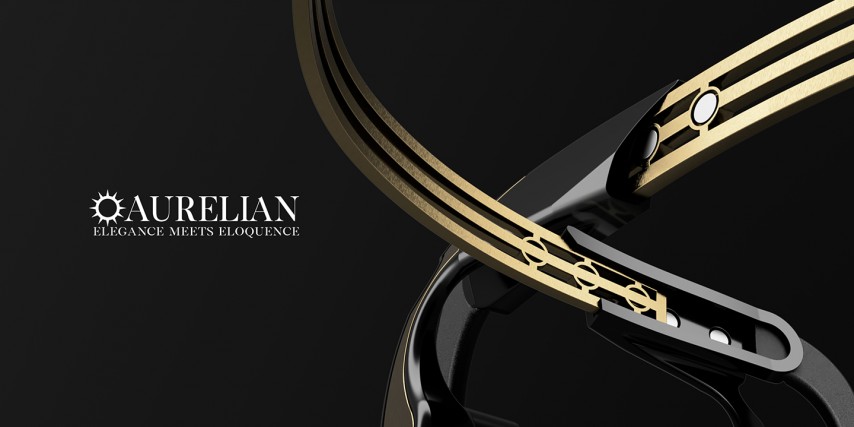
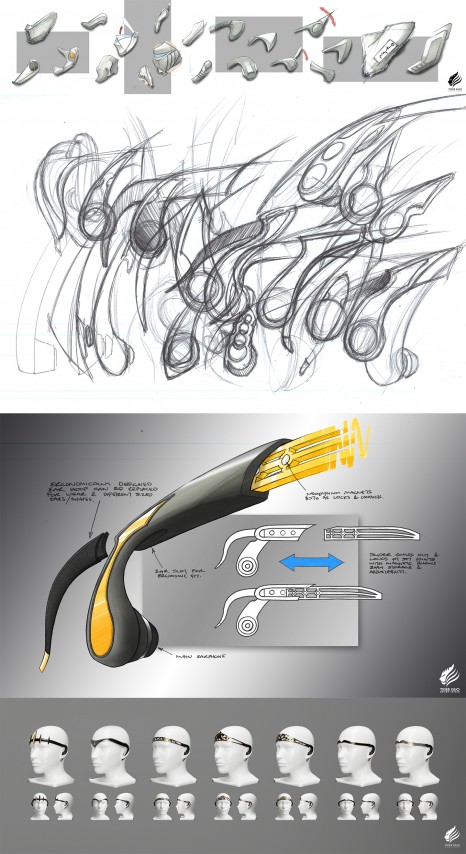
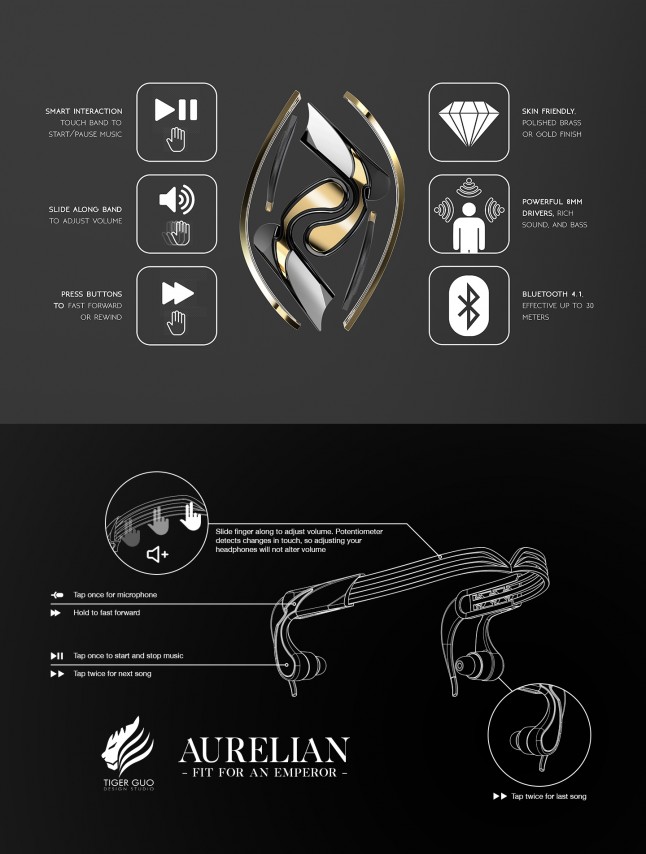
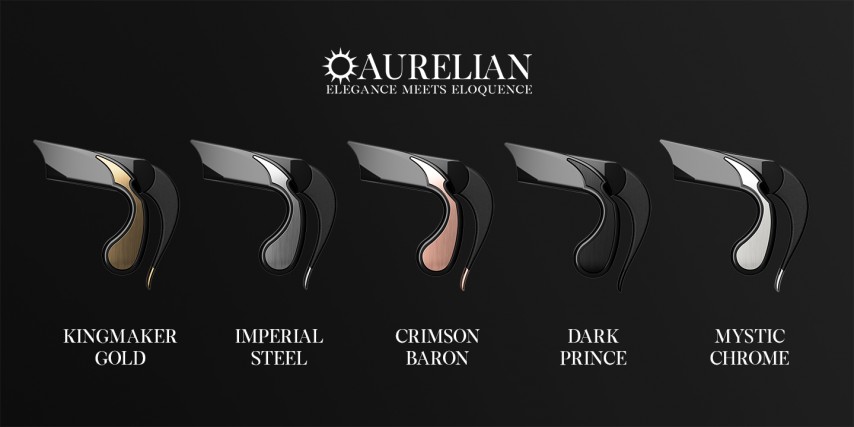
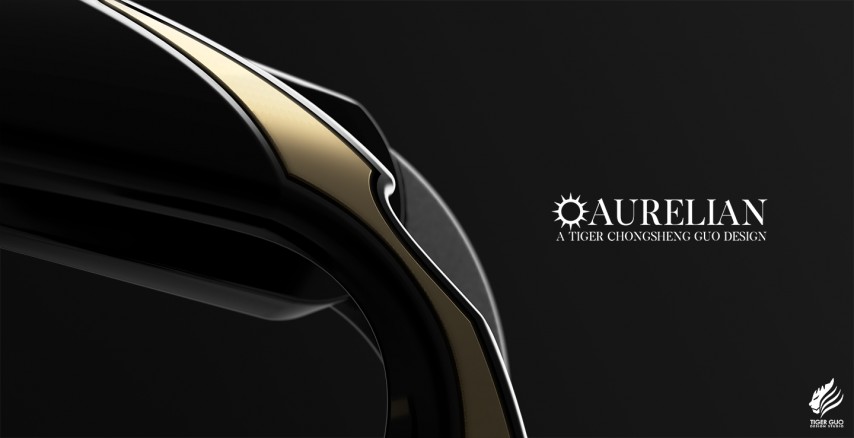

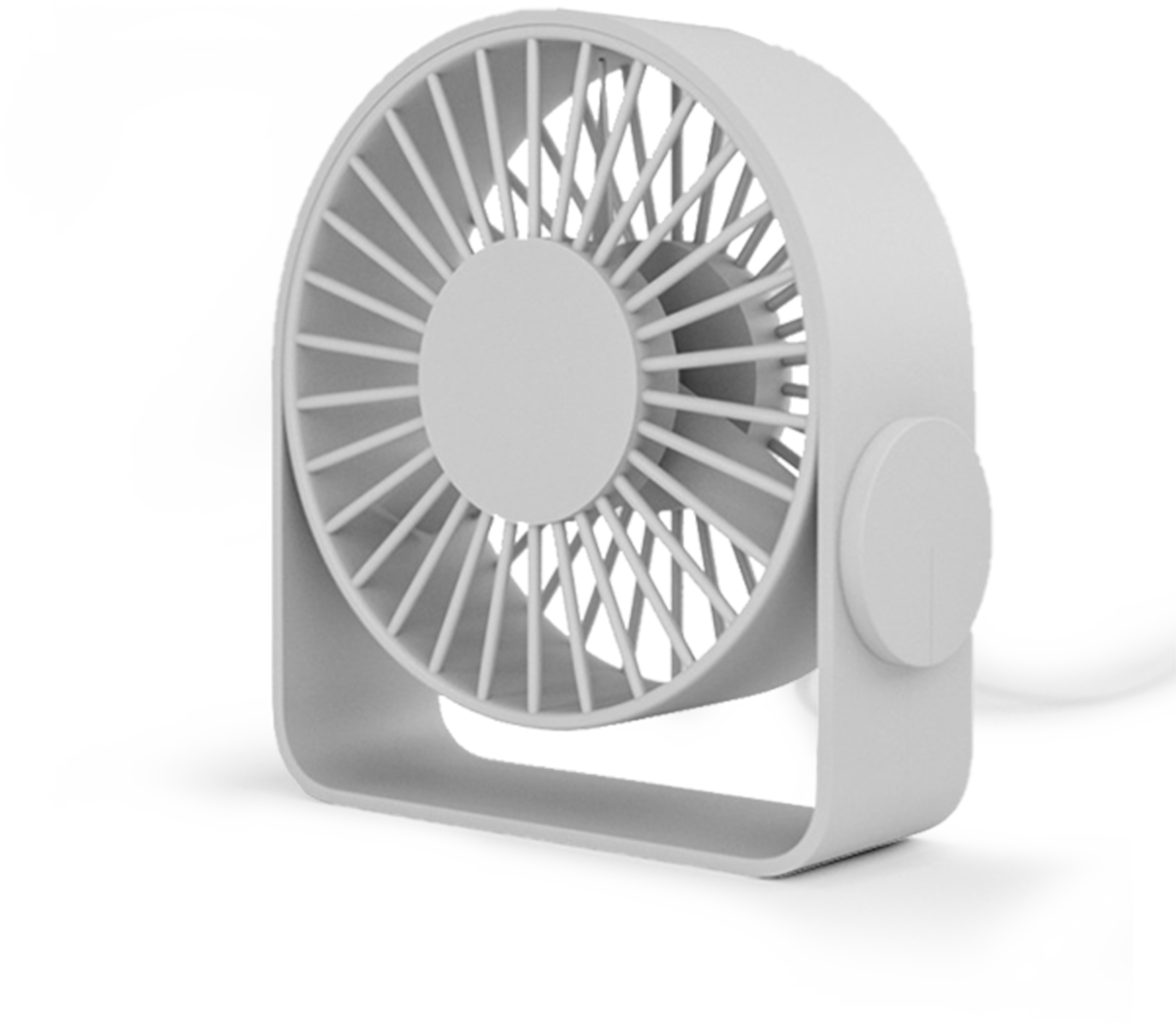
Aurelian is a luxury, wireless bluetooth headset designed to break the norm of traditional music devices.